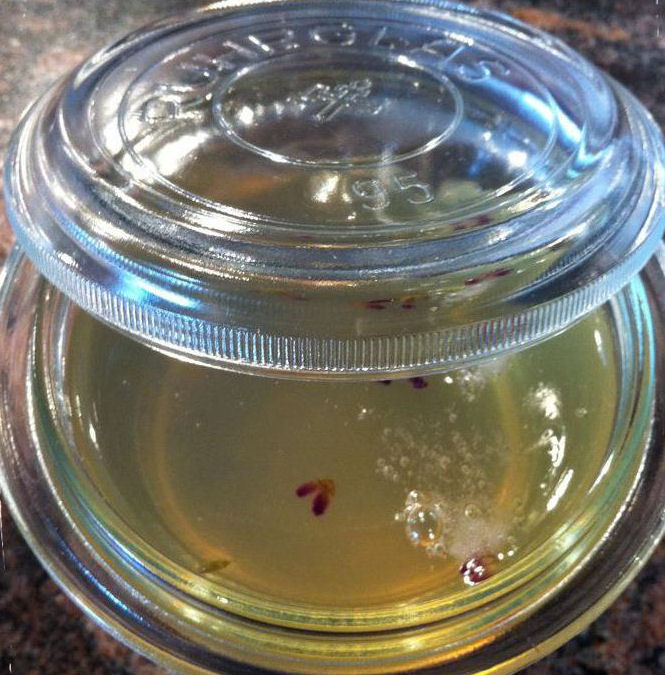The recipe : “Lo Zighinì”
Today I wanted a good friend telling a typical dish of Eritrea to restore the situation to the attention of a people who for years lived in a dramatic situation. Cornelia Isabelle Toelgyes consistently, commitment and dedication through a group called "For the liberation of the prisoners in the Sinai" seeks to draw public attention to this human tragedy. There are many, near and far ... each in its own way can lend a hand.
People and their stories ... popular kitchen
Lo Zighinì… Cornelia Isabelle Toelgyes
It zighinì traditional Eritrean dish, is a spicy meat stew cooked with onion and a blend of spices called Berbere. A friend gave me the recipe for her mother until the end of the seventies was the one that was used at the market in Asmara. The father used to berberè breakfast, the pranzo and dinner, and asked that this be prepared no more than once every fortnight. At home, the smell of berberè was so strong that permeated everything with relative desperation of the guys who could not take it off off. The zighinì is traditionally eaten on injera, focaccia typical Eritrean, in order for this to soak in sauce.
To wither in a pan covered 1 large onion and 2 spicchi d’aglio tritati. After 5 minutes, add 1 spoon of ghee (made by melting fresh butter in a saucepan over medium heat in a water bath and constant), 3 tablespoons of Berbere (blend of spicy), 1 glass of water and salt.
Making restrict slowly, then add 500 g in the training of e, if you need, another glass of water. Continue to simmer for 15 minutes. Add 500 g of beef and finish cooking for 1 hour until the meat is cooked and the bottom restricted.
20 chillies Abyssinians (there are at least 5 Type, but without significant differences, provided that they are beautiful red)
1 teaspoon of coriander seeds
10 cloves
60 seeds of cardamom (those blacks to speak)
½ teaspoon celery seed Mountain (ajowan, intense flavor of thyme and spicy)
15 allspice berries
- Injera (focaccia eritrea)
Prepared by mixing in a bowl:
500 g of wheat flour
500 g di farina di mais
250 g of durum wheat
25 g of yeast (the 100 g of yeast)
500 g d’acqua
Cover and let stand at room temperature 2 the 3 days, then work the dough fermented with water as needed. until it becomes smooth and homogeneous. Heat a non-stick pan and pour the mixture in order to have a layer of 3-4 mm, as for cracks. When it begins to thicken must appear in the bubbles that give the characteristic spongy bread. Cover and let cook for about 3 minutes avoiding taking color. Allow to cool on a towel to avoid overlap of the flat loaves of bread until they are cold. Serve covered with a few tablespoons of zighinì.
"The prisoners in the Sinai ... the situation today"
Nel November 2010 Don M. Zerai became aware that they were in the wilderness of Sinai over 250 people (Eritreans, Ethiopian, somali, Sudanese, Nigerians) total slavery, in the hands of human traffickers.
Then the ransom that was asked families wandered around the 8000 dollars. To extort money, were tortured with electricity and other. While they were under torture were called relatives using a mobile phone to hear the screams of their loved ones.
If you were not able to pay, were killed directly, or, in the worst case, the were harvested organs which were then placed in the international black market. Women were often raped and became pregnant of their captors.
Today, the situation has not changed. Rather, worsened. We know that now in the hands of the traffickers are still ca. 2000 people. The turnover does not cease because of the serious political situation of the countries of the Horn of Africa. Today, the redemption of up to 60.000 dollars per person and we know that there are some kids in their hands, not free from torture…rather.
The tragedy does not end here. Once freed, often they are arrested again by the Egyptian police for illegal immigration and deported to their countries of origin, where it awaits the harsh prison. Generally can not survive more than a year.
If by chance you can reach Israel, thinking about finding salvation, their fate will change little. Generally, asylum seekers are arrested. If this is not, however, are left to their fate and the racist air that pulls in this period in Israel, I leave you to imagine the conditions in which they must live. I remind you that we are in the 2012. International Institutions, European governments and the U.S. are aware of this tragedy, but you pretend nothing. Maybe that's how you live better. But not us ...
